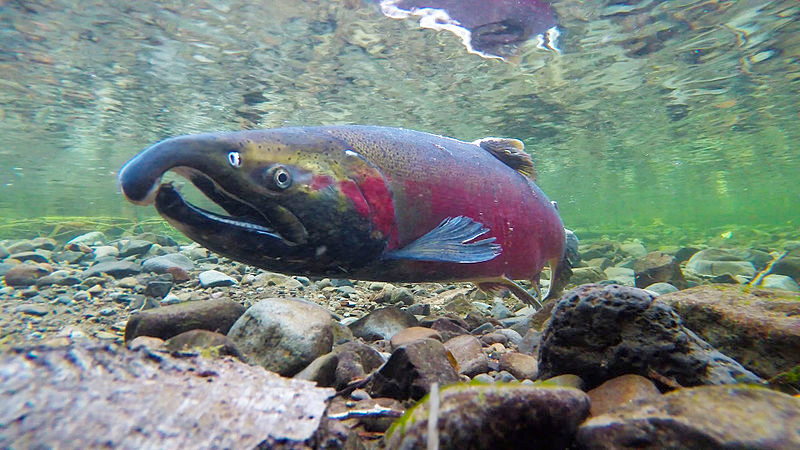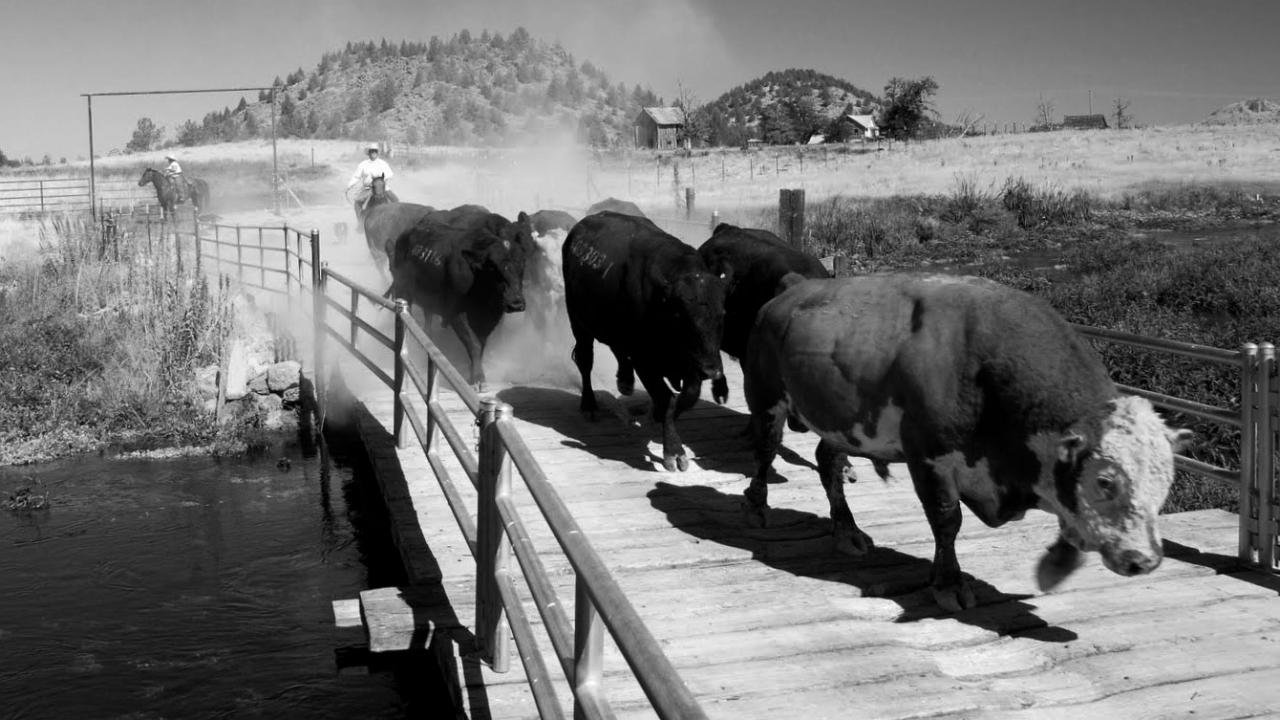Too often, identity is used to divide us. Stereotypes are used to stake out conflicting positions. It’s a zero-sum approach that ignores the commonality of our natural – and national – heritage.
Most Californians – indeed, most of the country – have no idea who or where we are. Tucked up in the State of Jefferson, the Little Shasta Valley is a picturesque landscape not commonly associated with California: rolling hills and arid, wide rangeland, bounded by mountain ranges.
But within this landscape, we’re building a community of collaboration that reflects our values as landowners, conservationists, and scientists and stands as an example of what is possible when we put aside our preconceptions: a sustainable future for us all.
Discovering Water Solutions for the Environment and Industry
As landowners, stewardship is not just second nature, but a core value that ensures our livelihood, honors our heritage, and provides opportunity for future generations. Our family, the Harts, has ranched in the Little Shasta since 1852; the land is part of our legacy. We see our place as part of the ecosystem, not in spite of it. We know that when ecosystems falter, so has our stewardship. But we also know that working with partners who know as much about fish as we know about cattle, there’s a groundbreaking opportunity for wildlife and agriculture alike.
As conservationists, we see how people are integral in preserving our natural heritage. Worldwide, 80 percent of the places where animals live are under a high level of threat because of human presence. The new environmentalism recognizes that we’re not just visiting nature – we’re part of it. To be sure, there are places that require preservation. But as we look at the interconnected scale of our environmental challenges, we know that our conservation strategies must move beyond postage-stamp preserves and embrace the entire landscape, including people and their livelihoods.

As scientists, our mission goes beyond discovery to inspiration. Rather than simply gathering data to inform, we must listen to the vision stewards are trying to achieve and use science to understand whether and how it’s possible – or whether that vision may need to change. When landowners volunteer to keep water in a stream, it’s our duty to use science to know when, where, and how much of that water will do the most good. With science, we put people back into the landscape in a way that’s connected, not contrary, to the way the land works.

Just like an ecosystem includes many species that are vital to its success, we recognize that our community will only succeed when we work together.
That’s why our groups recognized the tremendous opportunity presented four years ago, when The Nature Conservancy and California Trout approached the Harts to talk about coho salmon. TNC and CalTrout had already developed strong conservation programs in the Shasta River watershed. With the help of the UC Davis Center for Watershed Sciences and other partners, conservation projects in the upper watershed like Big Springs Creek had already shifted the direction of coho salmon from degradation towards recovery. Those projects gave the Center an opportunity to develop a scientific approach to conservation that would sustain conditions for cold water species on a working ranch – an approach that could be used on working landscapes throughout the West.
Those projects also gave landowners in the valley an opportunity to see how our groups worked and what we produced, both in terms of guidance and results. So when we were approached, we knew we were talking with partners who used good science to find workable solutions.
UC Davis 360 Degree Video: The Little Shasta River
The Harts’ stewardship had preserved an oasis of salmon habitat and a working ranch for the past 150 years. Trees provided stability to stream banks and shelter to aquatic life; while also diverted, water flowed through the stream, keeping gravels clean and pools connected. The problem was too little water when young coho would migrate from their freshwater nurseries to the ocean.
Such problems seem obvious. But as we’ve found over a decade of collaboration, science helps us dismiss issues that at first glance might seem like “obvious” problems, but in fact are not. By doing so, we can direct our resources to places where they’ll have the biggest benefit, and avoid investing in projects that might look good, but produce little. And, our work provides a strong foundation from which we could show others in our community why were some actions were taken, but not others, and how those actions allowed both the rangeland and fish to endure.
This kind of community-driven, science-based conservation is critical, not just in the Little Shasta Valley, but across the American West. Rangelands, forests, and farms all overlap some of the most diverse ecosystems in the United States – landscapes we need to support generations of people, flora, and fauna to come.
Ann Willis is a research engineer who focuses on water management for working land conservation at the Center for Watershed Sciences. Robert Lusardi is the California Trout/UC Davis Wild and Coldwater Fish Lead Researcher. Susan, Blair, and Alexandra Hart are fifth and sixth generation ranchers in the Little Shasta Valley. Andrew Braugh is the Mt. Shasta/Klamath Regional Director for California Trout. Amy Campbell is the Mt. Shasta/Klamath Project Director for the Nature Conservancy. Ada Fowler is a Project Scientist with the Nature Conservancy.
